Questionmy mouse had a litter of 5 sadly 2 of them were eaten by another female mouse that i have. i have now separated them and the mom is so nice. after about a week i started to pick her up and play with her more and i noticed a bump near one of her nips. I don't know if its a tumor. i hope not because she seams to be such a great mom. Also my other female seems to be quite aggressive towards my 3rd female (still quite young) and i noticed a bite on the young ones side. i don't have anymore cages. the 2nd one i am using for mamma. last but not least i think my male mouse might be to old. he has a little balding spot near his rump and i have only seen him try to breed once. I'm fairly new to mice. i have bred rats before. (so much easier to breed in my opinion)
AnswerHi Nathan,
I couldn't figure out what question you were trying to ask, so if it's okay, let me go through each point you brought up and see if I can lend some advice. Please let me know in a followup if there was something specific you needed help with, and I'll be glad to assist! :) I also highly recommend joining a mouse forum, such as fancymicebreeders.com, as they are not only FULL of helpful mouse breeding information, but also very helpful with newcomers to the world of meeces and very good at answering questions.
Regarding the bump, I would need to know more about the bump in question to help you determine what it might be. How large is it, is the skin on or around it irritated, scabbed, scratched, or red, is it hard or squishy, is it mobile, and does it seem to bother her? A vet who works with pocket pets (whoever you used for your rats is likely to also be able to work with mice) can help you determine what the cause is, and thus how to proceed. Unless I know more, I can't guess at whether it is an abscess or tumor, or something simpler like a pimple, bug bite, healing injury, etc.
You said you don't have anymore cages, so you already know what I am going to say regarding aggression. Aggression is serious and small injuries can become huge ones very quickly. Unless you don't mind losing one of your mice to infection or being killed, you need to find another cage for emergencies, and possibly permanently for the mouse who is picking on the other if you cannot convince them to get along. It's a good idea anyways if you intend to breed more (which I am assuming based on your comment about the momma mouse being a good mom) - most mouse litters are 2-3 times the size of the five you noted in your first, and you will quickly need space for more mice. This is especially important for male mice, as even brothers may go from friendly to killing each other in the space of a day, and you need to be prepared to separate them at the first sign of a fight, especially as they reach puberty. If you cannot afford to buy a new cage, consider possibly building your own - fancymicebreeders has wonderful pictures and instructions of folks making inexpensive but effective and sanitary cages out of large buckets, hardware mesh, and other bulk items. Breeding any kind of rodent is about balancing cost with what is best for the animals. Additionally, aggression can be genetic, so be careful should you ever decide to breed that particular female.
Several factors come into play to determine the health, size, and number of the litter besides the buck's age. The best breeding times for both genders (lowest rate of problems, biggest litters, and healthiest litters) is between 3 and 12 months old. Both genders will breed older than that, but older does (females) run the higher risk of complications when older, and bucks (males) may father smaller litters with the addition of weight and age. Remember that mice breed mostly during the night hours, so if you are not seeing them breed, that doesn't mean they aren't. When I bred, I left one doe in with a buck for 2 weeks, then keep mom on her own for 3 weeks, which allows plenty of time for her to have a litter on her own. If she wasn't growing by 14 days of separation, I rotated in the next doe I was interested in breeding. The Jackson Laboratory's website has a wealth of information on optimizing breeding strategies and factors.
The best breeding buck in my opinion is one who has the genetics you are looking for (even feeder mice should be bred with health and size accounted for), is NOT overly aggressive or pushy on the females (stress can cause failed breeding attempts), and consistently produces a litter with a doe once in every 1-3 or so attempts (as I mentioned, for me that meant three 2-week periods of time). This is the kind of buck I would keep around until very old age, as good bucks can be tough to find! Mice do not bald when they age, however, and one should never, ever breed less-than-healthy mice (also causes complications and failed breeding attempts), so I would determine the cause of his hair loss before progressing with breeding. The healthiest litters come from the healthiest, happiest parents, the same as with rats. Please write me a followup if you need help determining the cause of his bald spot, as that is a subject all on its own.
For more information on breeding, breeding strategies, and husbandry, check out the following links, as well as the excellent forum I mentioned earlier:
http://www.hiiret.fi/eng/breeding/index.html
http://jaxmice.jax.org/manual/index.html#breeding
-Tam

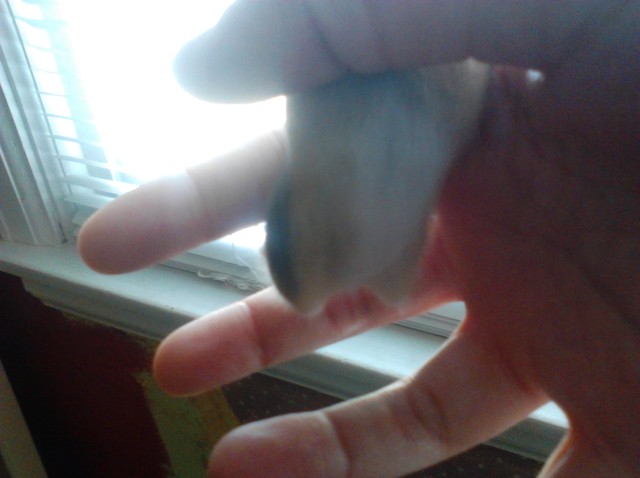 mouse breeding; fat mouse; sneezing
Question
mouse belly
Hi Natasha,
Its me again o
mouse breeding; fat mouse; sneezing
Question
mouse belly
Hi Natasha,
Its me again o
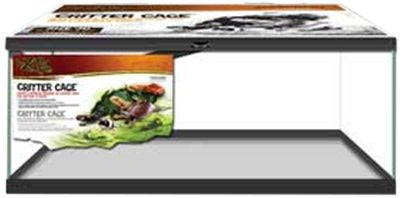 Is 30 gallon reptile tank suitable for mice?
Question
pic 1 pic 2
Hi Natasha
Believe i
Is 30 gallon reptile tank suitable for mice?
Question
pic 1 pic 2
Hi Natasha
Believe i
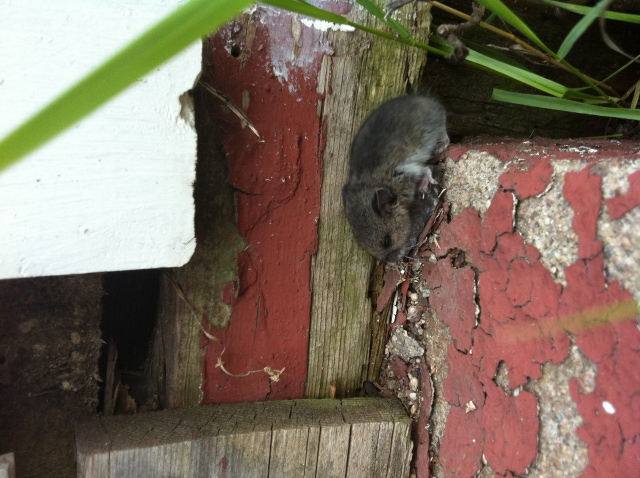 Deer mouse
QuestionQUESTION: Hello. I live in north eastern Minnes
Deer mouse
QuestionQUESTION: Hello. I live in north eastern Minnes
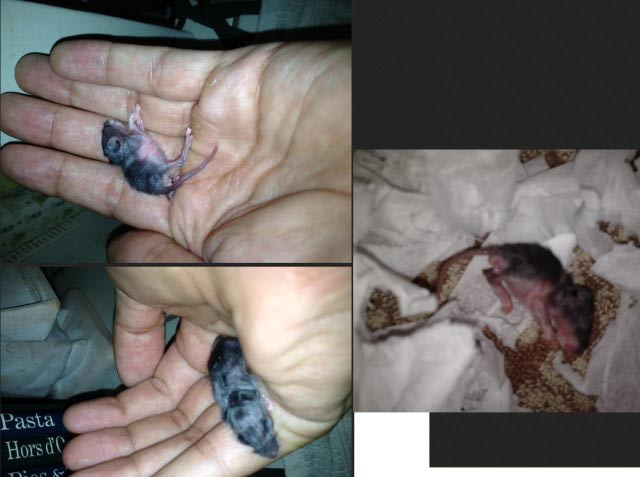 Help! Runt Orphan Not Thriving?rz
Question
Girl Runt
Hi Natasha,
We found two aba
Help! Runt Orphan Not Thriving?rz
Question
Girl Runt
Hi Natasha,
We found two aba
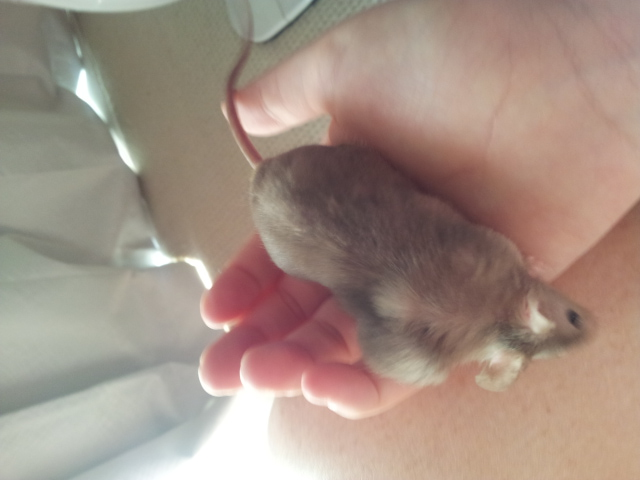 Lump!
Question
Dora
My pet mouse, Dora, has a lump on
Lump!
Question
Dora
My pet mouse, Dora, has a lump on